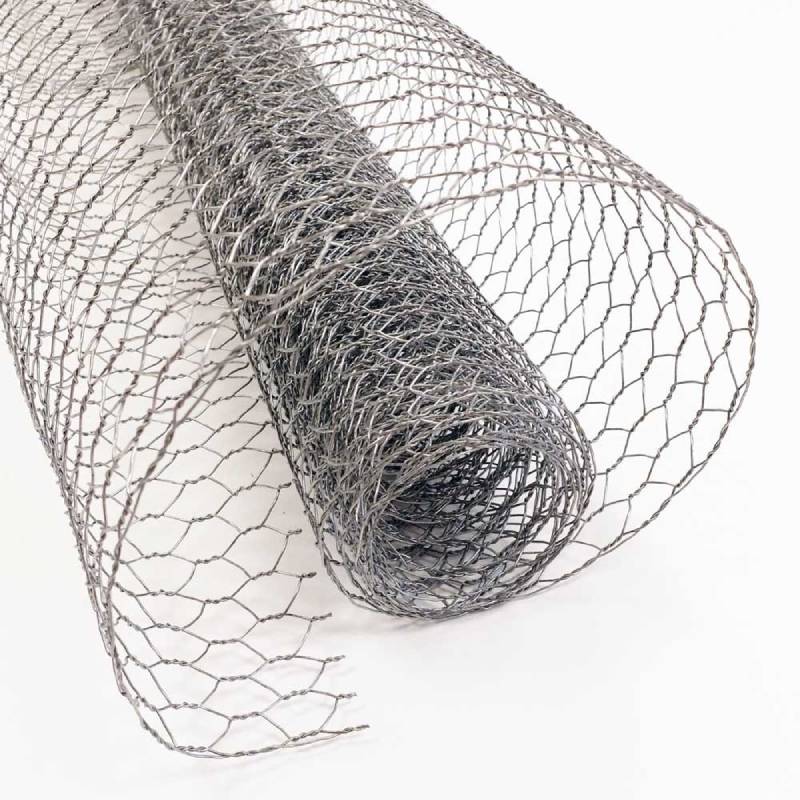stretching barb wire fence
The Importance of Stretching Barb Wire Fence A Guide to Proper Installation and Maintenance
Barb wire fences are a common sight in rural areas, serving their purpose effectively in livestock management and property protection. One of the critical aspects of ensuring the fence functions optimally is the proper stretching of the wire. Understanding how to stretch barb wire correctly can significantly influence the fence's durability, its ability to keep livestock contained, and its overall aesthetic appeal.
What is Barb Wire Fencing?
Barb wire fencing consists of a series of twisted wires with protruding barbs that deter animals and intruders. This type of fencing is favored for its effectiveness and affordability, making it a popular choice among farmers and property owners. However, the efficacy of a barb wire fence is directly tied to how well it is installed, particularly in the way the wire is stretched.
Why Stretching is Essential
When barb wire is installed, it naturally tends to sag due to its weight and the tension of being stretched taut. If not properly stretched, the wires can become loose, leading to several issues
1. Structural Integrity A properly stretched wire maintains tension, preventing it from collapsing under pressure. Loose wires can easily break under stress, rendering the fence ineffective. 2. Aesthetics A tight, well-stretched wire fence looks better and more professional than a saggy, uneven fence. This is particularly important for property owners who value the appearance of their land.
3. Animal Containment Loose wire can create openings that may allow livestock to escape or predators to enter. Properly stretching the wire minimizes these risks, helping to keep animals safe and secure.
4. Longevity A well-maintained fence lasts longer. Regular maintenance, including stretching the wire, can prevent wear and tear, thus saving money in the long run.
How to Stretch Barb Wire
stretching barb wire fence

The process of stretching barb wire requires the right tools and techniques
. Here’s a step-by-step guide to help you achieve the best results1. Gather Tools Before starting, ensure you have the necessary tools, including a wire stretcher, gloves, and fencing pliers.
2. Prepare the Posts Ensure that all posts are securely set in the ground. They should be sturdy enough to withstand the tension created when stretching the wire.
3. Attach the Wire Start by attaching one end of the barb wire to the terminal post. Use fencing staples or clips to secure the wire.
4. Stretching the Wire Using a wire stretcher, pull the wire tightly towards the next post. Ensure that the wire is straight and level. Do this gradually to prevent sudden breaks.
5. Securing the Wire Once the wire is adequately stretched, use fencing staples to attach it to the intermediate posts. Make sure the staples are hammered in deep enough but not to the point where they compromise the wire integrity.
6. Check for Tension Walk along the fence line to check for areas that may be sagging and adjust as necessary by stretching the wire further.
Regular Maintenance
After installation, regular checks on the barb wire fence are essential. Look for signs of sagging or wear, and re-stretch sections as needed. Seasonal changes, weather conditions, and animal activity can all affect the tension in the wire, so be proactive in your maintenance efforts.
In conclusion, stretching barb wire fencing is a critical element in the construction and upkeep of an effective barrier for property and livestock management. By ensuring that the wire is properly stretched and regularly maintained, you can improve the fence's functionality, enhance its appearance, and extend its lifespan. Whether you're a new farmer or a seasoned property owner, mastering the art of barb wire stretching will undoubtedly pay off in the long run.
-
Innovations in Razor Barbed Wire Design TechnologyNewsAug.11,2025
-
Roofing Nail Compatibility with Different Metal Roof TypesNewsAug.11,2025
-
Welded Wire Mesh for Rockfall Protection BarriersNewsAug.11,2025
-
Galvanized Wire Corrosion Resistance TestingNewsAug.11,2025
-
3D Fence Solutions Preventing Bird CollisionsNewsAug.11,2025
-
Using Chain Link Fence for Urban Garden SupportNewsAug.11,2025




